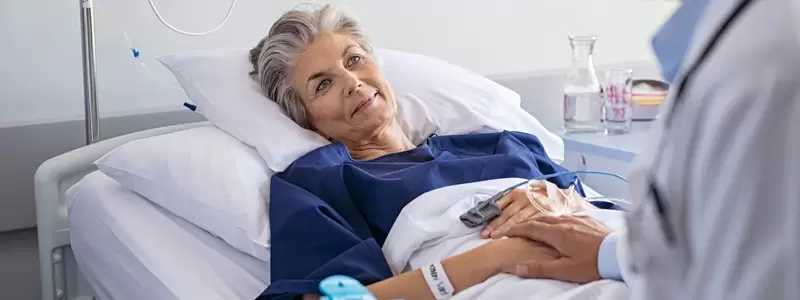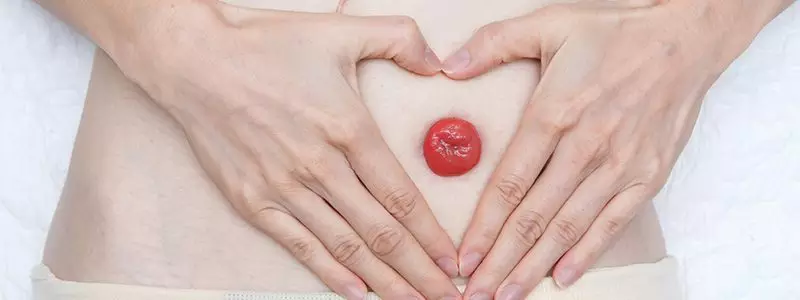Postoperative Recovery and Care: What to Expect After Surgery
Recovery doesn’t end in the operating room — in fact, it begins the moment your surgery is complete. This vital period continues until you’re safely discharged and ready to continue your healing at home. Understanding what happens during this time can help ease anxiety and improve outcomes.
Goals of Postoperative Recovery
The key objectives of postoperative care include:
Supporting vital bodily functions Ensuring proper nutrition and hydration Maintaining comfort and safety Encouraging early movement Managing the surgical wound Providing psychological support Preventing complications
Your Return to the Hospital Room
Once you’re transferred from the recovery unit to your hospital room, the care team will: Closely monitor your vital signs and overall condition (blood pressure, heart rate, breathing, skin color, level of consciousness, pain) Check catheters and surgical drains Track urine output and color Inspect the surgical wound and dressing
What Happens in the First 24 Hours?
The first day is critical for early recovery. During this time: Vital signs are frequently checked You’re monitored for potential complications (bleeding, clots, or infection) Pain is managed continuously Fluid and nutritional support begins
Postoperative Nutrition: When and What to Eat Nutrition plays a major role in healing. While timing depends on the type of surgery, the general aim is to resume oral intake as soon as it’s safe. Proper nutrition helps:
Restart digestion Strengthen the immune system Support wound healing Preserve muscle mass
In gastrointestinal surgeries, feeding usually starts gradually — from liquids to soft foods, then solids. If oral feeding is delayed, intravenous nutrition may be provided.
Managing Pain After Surgery Pain management is essential — not only for comfort but also for preventing complications. Untreated pain can lead to issues like shallow breathing or immobility, increasing the risk of lung problems or clots.
Pain relief options include:
NSAIDs (non-steroidal anti-inflammatory drugs) Opioid medications Patient-controlled analgesia (PCA) Nerve blocks Epidural anesthesia
Our goal is not just to relieve pain, but to prevent it from interfering with your recovery.
Why Early Mobilization Matters Getting out of bed sooner than you might expect is key to your recovery. Early movement:
Speeds up the return of normal bodily functions Promotes bowel activity Prevents stiffness in joints and muscles Reduces the risk of blood clots and lung complications Boosts psychological well-being and confidence Movement under medical supervision is both safe and encouraged.
Wound Care: Keeping the Surgical Site Clean The skin typically seals within 24 hours of surgery. In most cases:
Dressings are removed after 48 hours You may shower after this point using mild soap and clean water Tips for wound care: Avoid scrubbing or using harsh products No special creams or coverings are needed post-shower Clean, dry clothing is usually sufficient
When Are Stitches Removed? Dissolvable stitches typically fall off on their own within about 10 days. Non-dissolvable stitches are usually removed between 7–10 days, unless otherwise directed by your surgeon.
In some cases, such as delayed healing, this timing may vary.
When to Call Your Surgical Team Some symptoms after surgery are expected, but contact your healthcare provider immediately if you experience: Persistent or severe abdominal/wound pain Redness, swelling, or pus from the wound Opening or bulging at the surgical site High fever Vomiting, jaundice, or unusual bloating Chest pain, shortness of breath, or blood in vomit/stool Burning sensation when urinating
When in doubt, it’s always best to get in touch with your surgical team.



